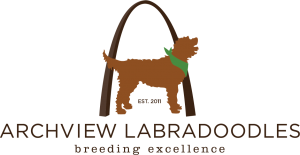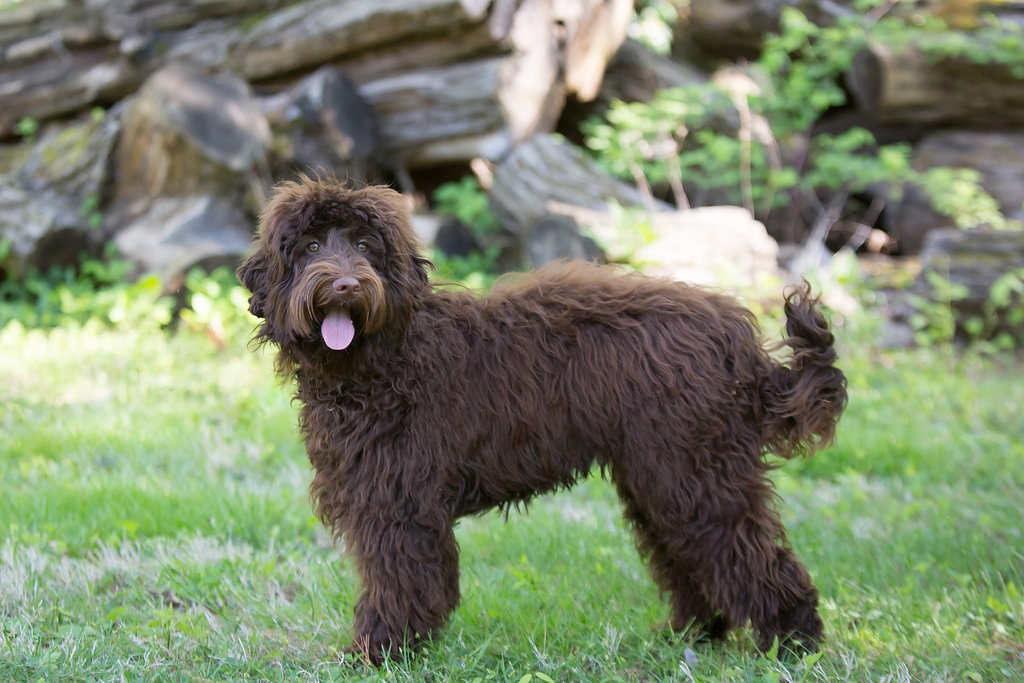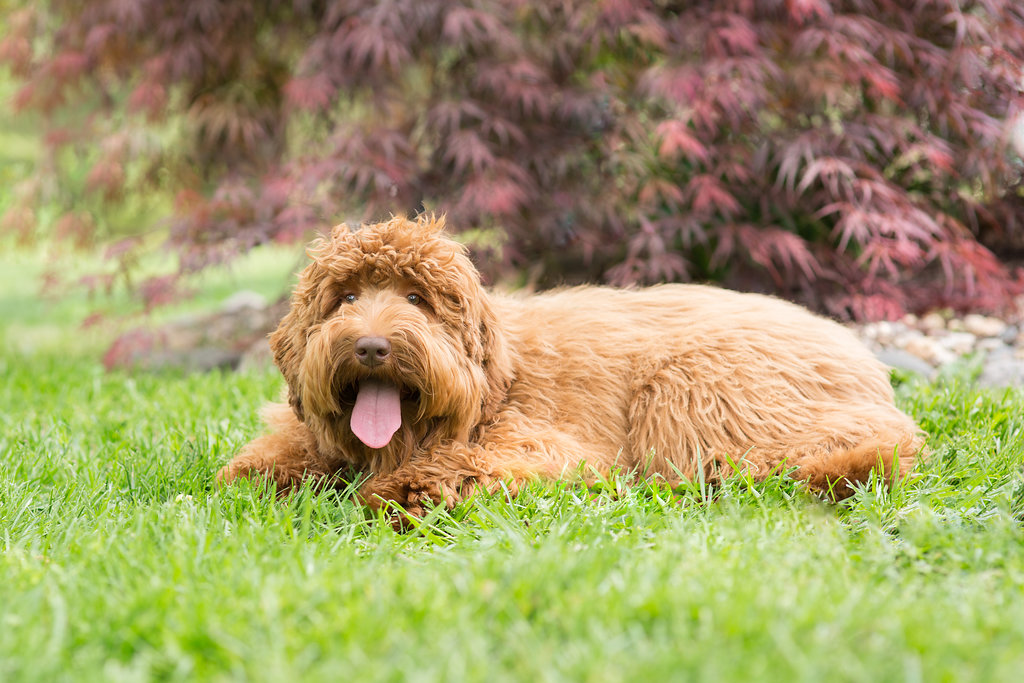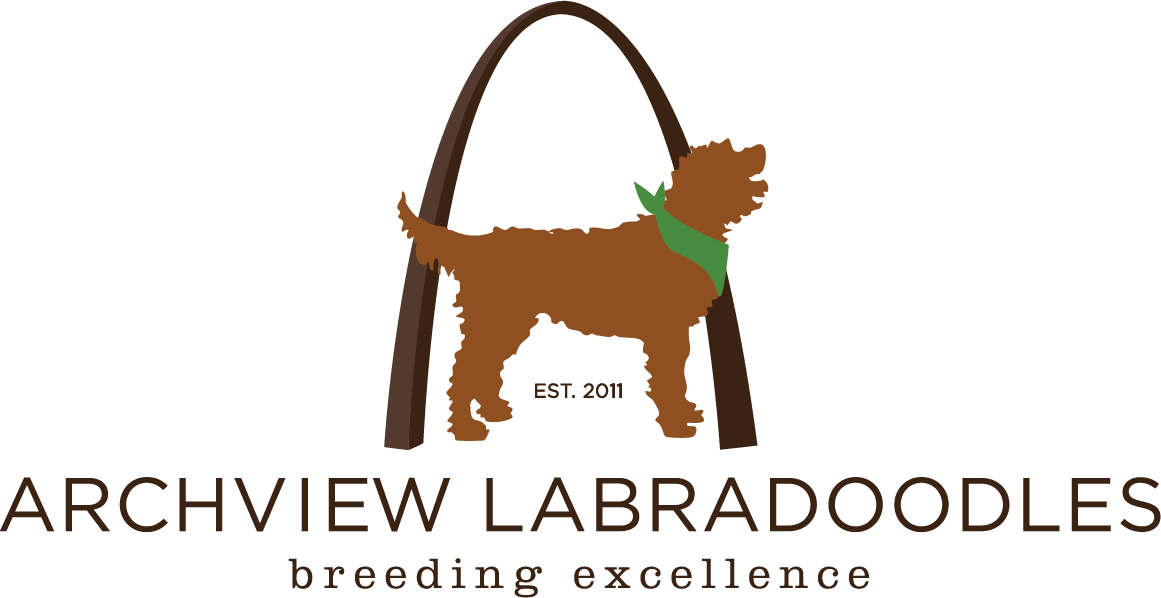
Have you ever looked at your dog and thought, “I wonder what he is thinking?” If only our four-legged friends could speak to us! While they may not speak our language, your dog has a unique way of communicating with you. From the twitch of the tail to the raising of an ear, understanding your dog’s body language is the key to knowing what they are feeling. This skill is especially important when bringing home a new puppy. New environments can often bring out countless emotions for your puppy to process. Here are some ways to listen to your dog, even though they aren’t able to speak for themselves.
A Happy Hound
A happy dog is easy to read! Look for perked ears, a slightly open mouth (some dogs even appear to smile!), normal eyes and a relaxed body posture. If your puppy is eager to play their tail might be up and wagging excitedly. Your puppy may crouch down in a pouncing position before running off in an attempt to get you to play with them!

Happy dogs will be eager to approach you and will not hunker down to the ground in your presence. Happy dogs may be “alert” as they check out something that intrigues them. He or she will stand at attention and carefully observe the point of interest for a period of time. Once they have deemed that scenario safe, they will resume their happy-go-lucky demeanor we described earlier.
If you stop petting your puppy and they approach you again or nudge you, they are wanting your attention! This means they are enjoying being around you and want your attention. A dog that exhibits these signs is safe to approach and play with. Let the games begin!
A Nervous Nelly
A nervous dog is a dog you want to treat with sensitivity. Rushing a worried dog into a situation can result in the manifestation of aggression if the dog is pushed too far. If your puppy is stressed, he or she will hunker down in a submissive stance. Their ears will most likely be back flat against their head and their pupils will be dilated. The tell-tale sign of a nervous dog is one whose tail is tucked between their legs. You will most likely see this behavior if you rush your puppy into a new environment they find worrisome.
The more fearful your dog is, the more obvious the signals become. In a total state of fear, your dog may lie on his back, averting his gaze as to not make eye contact with you. This is a response indicative of your dog’s ancestry. In the wild, dogs would assume this stance to avoid physical confrontation with other pack members.

Dogs show stress signals in many ways. Some of the easiest signals to pick up on are excessive movement such as pacing. Another sign is heavy panting when they have not been playing rigorously. Dogs who are extremely lethargic and appear to tuck themselves away in a corner are also showing signs of stress.
If your dog is showing any of these signs, try to calm their nerves with a soft, reassuring voice. A cowering dog should never be forced into an uncomfortable situation. Be their sign of comfort and show them that whatever is distressing them is nothing to fear!
Acknowledging Aggression
The thing about aggressive dogs is that they give you all the warning signals you need before they break. There are two types of aggression in dogs: fearful aggression and dominant aggression.
Fearful aggression stems from anxiety and uncertainty around certain stimuli. In this case, your dog may feel threatened but does not intend on backing down. The hair will be raised on the back of your dog’s neck, their nose will be wrinkled, the body will be lowered and they will show some of their teeth. Dogs who exhibit this behavior should be approached with caution.
Dominant aggression results from a dog thinking they are the top of the pack. These dogs are not afraid when they exhibit signs of aggression, they are asserting themselves as the “alpha.” The dominant aggressive dog will stand erect with a straight tail and pointed ears. They will appear to be “facing off” to whatever they are showing their assertiveness to. The mouth will be open and curled up, exposing some teeth. This will usually be accompanied by a deep, throaty growl.

Always remember that while bringing your new puppy home is extremely exciting for you, it can be stressful for your new addition. The first step to making this a smooth transition is understanding the cues your puppy is giving you and how to address them. Ready to take the leap into puppy ownership? We have several puppies waiting for their new families to claim them! Give them a look and fill out our application online. We promise to provide you with tons of resources, such as this blog, to help you in your journey of puppy ownership.







Leave a Reply